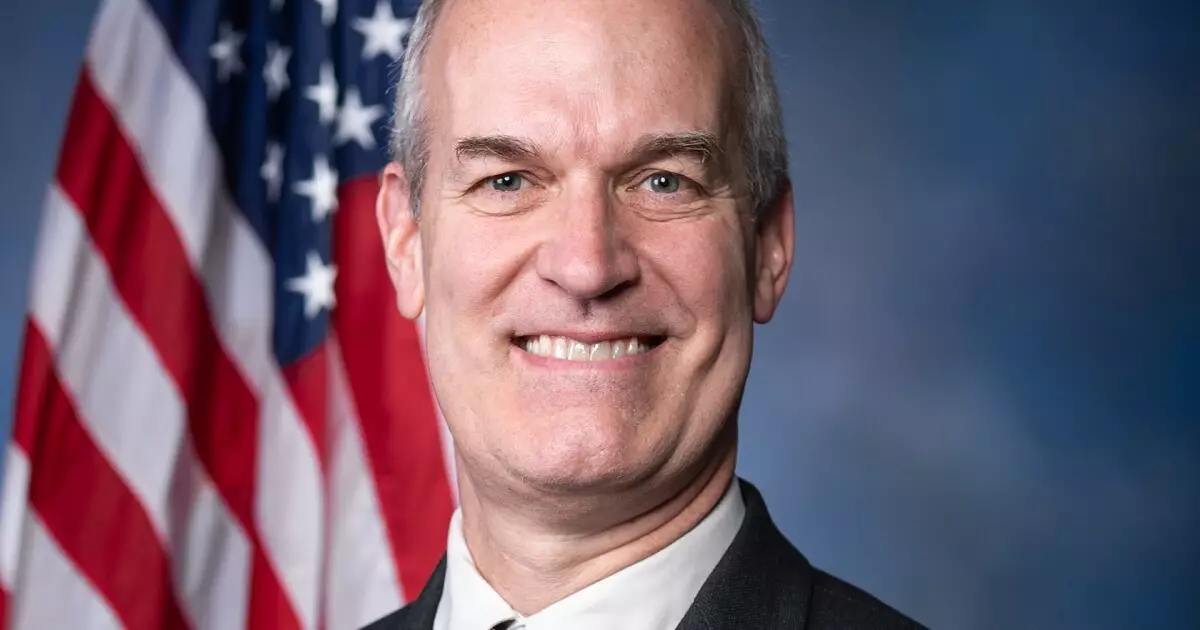The beginning of any presidential administration is often marked by a flurry of executive orders aimed at setting the tone for governance and policy priorities. However, President Trump’s initial moves, particularly an executive order targeting federal grants for local transportation infrastructure projects, sparked immediate controversy and alarm among key stakeholders. With state transportation officials expressing distress and Democratic lawmakers voicing their concerns, the implications of these actions are far-reaching and warrant thorough analysis.
In light of the executive order, House Transportation and Infrastructure Committee Ranking Member Rick Larsen, a Democrat from Washington, articulated the dismay felt across party lines. He emphasized the critical nature of ongoing transportation projects, noting the potential loss of jobs and funding crucial to local economies. Larsen’s call to action resonated with the committee’s historical bipartisan nature, urging members to rally around the infrastructure needs of their districts. This reaction underscores the interconnectedness of transportation funding and economic vitality in congressional districts nationwide.
The crux of the debate lies in the contrast between two funding mechanisms: formula funds provided by the federal government to states and discretionary grant programs established under the Bipartisan Infrastructure Law (BIL). Subcommittee Chairman David Rouzer, a Republican from North Carolina, framed the issue around fiscal responsibility, citing the staggering $36 trillion national debt. His advocacy for scrutinizing existing programs reflects a growing concern over governmental efficiency and the wise allocation of taxpayer dollars. The ongoing tension between ensuring adequate funding for vital infrastructure while managing national debt remains a challenging balancing act for lawmakers.
A significant concern in this dialogue is the precarious state of the Highway Trust Fund, which finances much of the formula funding for state transportation departments. The fund is projected to face insolvency by 2027, a crisis largely exacerbated by stagnant fuel tax rates that have not been adjusted since the Clinton era. This looming financial shortfall raises critical questions about the sustainability of existing funding frameworks and necessitates a reassessment of how to adequately support infrastructure needs moving forward. Given that 67% of formula dollars from the BIL have already been allocated and spent, the urgency for thoughtful policy solutions is more pressing than ever.
The aftermath of the executive order has generated widespread uncertainty among industry leaders and transportation officials. Jim Tymon, the executive director of the American Association of State Highway and Transportation Officials, reported a sense of panic following the order’s issuance, particularly as federal funding reimbursements for formula programs were temporarily halted. Although this situation was ultimately clarified through communication with the new administration, it highlighted the precariousness inherent in federal-state funding relationships. The impacts of such indecisiveness ripple through the industry, complicating project planning and implementation timelines.
As the new administration begins to assert itself, the political landscape surrounding infrastructure investments has already started to shift. Bipartisan support for the BIL faces scrutiny as the administration seeks to reconcile tax cuts with deficit reduction strategies. Matthew Colvin, chief of staff at the Transportation Trades Department, referenced this tension, indicating that opposition to the BIL from certain factions could further complicate funding for essential projects. As political lines are redrawn, the future of infrastructure development hangs in the balance, illustrating the delicate interplay between politics and necessary investment in public goods.
The ramifications of President Trump’s executive order on transportation funding offer a stark reminder of the complexities inherent in infrastructure policy. With a bipartisan consensus on the importance of these initiatives being challenged by political dynamics and financial constraints, the path ahead will require coordinated efforts from lawmakers on both sides of the aisle. Sustainable solutions that prioritize investment in infrastructure while addressing fiscal responsibility may not be easily achievable, but they are paramount for the nation’s economic future. As the landscape continues to evolve, vigilant engagement among stakeholders will be essential to navigating these turbulent waters.

